Что нам ждать от Astana Art Fest 2017
Спойлер: сложнейшие хореографические постановки и яркие и уникальные арт-объекты.

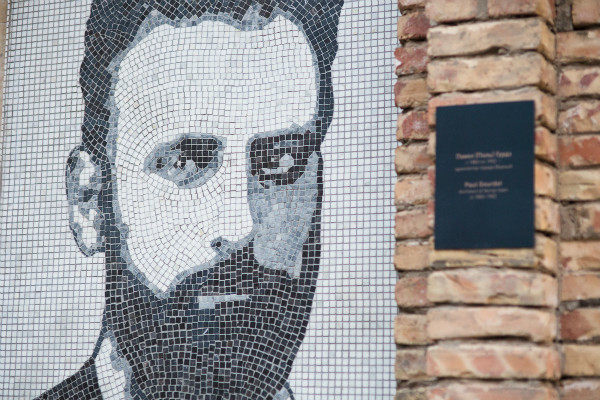
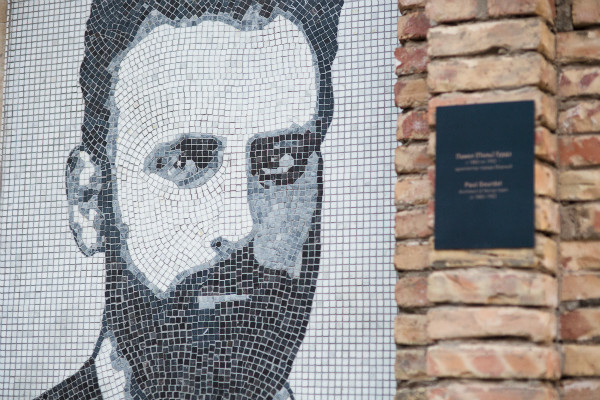
Who is Gourdet? He is a Frenchman, an architect and a resident of the Verny city. Nelly Buketova has dedicated several years of her life exploring the biography of Pavel Vasilyevich. In 2013 she wrote a book "Paul Gourdet - a Frenchman of Verny city".
He was born in Burgundy. Gourdet was well educated, he graduated with an engineering degree. To this day, it isn't clear why he left France at 24 with such great education.
He somehow came to the Turkestan region in 1870 under unknown circumstances. It was only known that he came to do business. He didn't become an enterpreneur after all. Having taken the oath of Russian citizenship in 1875, he quickly evolved from a simple draftsman to the permanent architect of Verny.
Pavel Gourdet built a governor's house, a children's home, a women's college, a male gymnasium and a shop of merchant Iskhak Gabdulvaliev. He also participated in the creation of a water pipe and the urban lighting, in the design of the Voznesensky Cathedral and the Pokrovskaya Church. Pavel Vasilyevich has made such a significant contribution to the development of the city that during his lifetime one of the streets was named after him.
Almaty still has the elements of Gourdet's taste, he was the one who has introduced the color palette of the city, as walls, roofs and the decor of houses are still painted in the colors he established. The streets in Almaty are conveniently located parallel and perpendicular to mountains, which is also Gourdet's work.
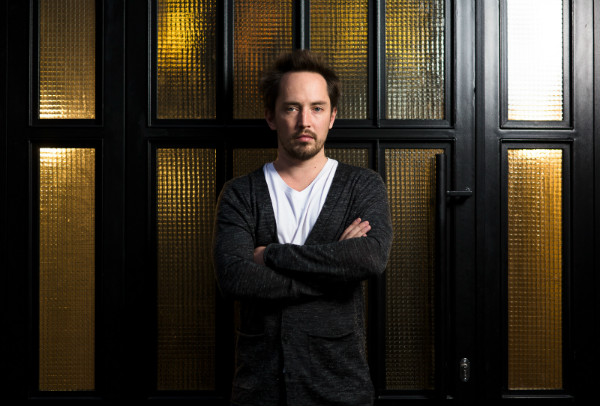
co-founder of Basire Design Group, one of the authors of "Bochonok's" design
It is hard to say that Gourdet's legacy is remarkable in today's world. But he definitely was a remarkable person, when he came to Verny and instead of complaining started to spread the European culture here.
Gourdet tried to work in a new Russian style, you can clearly notice this looking at the Medical College that is on the cross of Nauryzbay Batyra and Kabanbay Batyra streets. Gourdet has definitely influenced the development of the city but till our day only original scheme of streets and several wooden buildings. He was the first one who began to use concrete as a foundation for bricks. And after the earthquake, the whole samostroy in the city was ruined, but Gourdet's projects didn't.
With all my respect to Andrey Zenkov's talent, I, as an architect, think that it is weird when someone tries to cover the traces of his predecessor.
The Soviet Political system had a goal to diminish all occurrences of the bourgeoisie, and Gourdet wasn't lucky to be born a Frenchman. So, all hail went to Zenkov, and it wasn't always well-deserved. This is the reason why we don't know much about Gourdet.
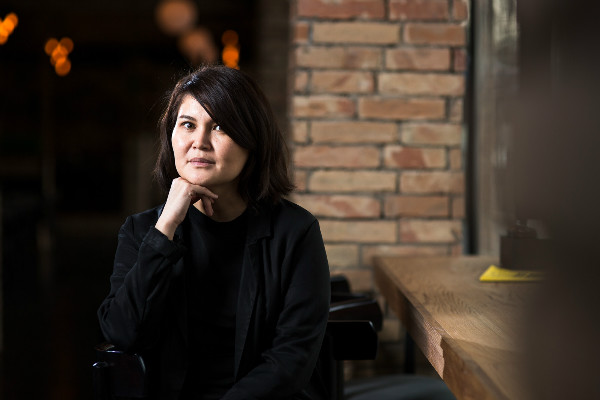
Director of Atomik Architecture, co-organizer of Urban Forum Almaty
There is a lot of good stuff in Almaty. Visitors of the city often notice that the architecture has the "human scale", especially in old 5-6 floor buildings, where a person doesn't feel pressured by the architecture. Part of the identity also a landscape that surrounds us and, of course, our mountains.
Our city lacks consciousness. It is good that ecological and social stability is a part of new trends, but we also need new, convenient and ecologically clean public transport.
But new public transport still won't be enough to solve all problems with ecology. We also need decentralization so that the people of Tastak and Aksay don't have to go to the center for cultural and entertainment purposes.
They need local public spaces, like, libraries, parks, museums, theaters, and cinemas. Then our roads will be less busy and the air will be cleaner.
I believe that Tastak has a hidden potential because of its beautiful lake and architectural legacy of late modernism period. We need to pay attention to it.
Another trend we are watching is globalization. It is everywhere, so it is harder to preserve the uniqueness and the architectural legacy of the city. New elements are soon to appear as a part of globalization and we should expect that.
Good examples of that is a sauna complex "Arasan" and a famous "Green Bazaar" are the symbiosis of simple compositions of volumes and eastern plastics. It is interesting to note the fact that both projects thrive till today and preserved their initial beauty.
This may sound pretentious, but the architects hold a great responsibility. We act as mediators while listening to people, learn their needs, and then make a "diagnosis". On the other hand, we are strategists, because we must take into account what will happen to the building in 20-30 years, how to keep the project relevant when the paradigms are changing paradigms. The task is multilayered.
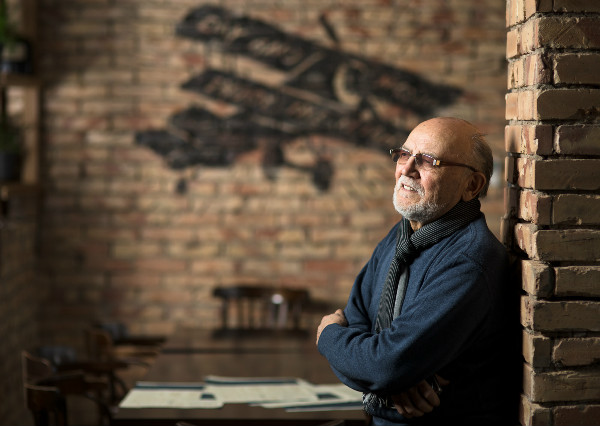
architect, historian of the material culture, Doctor of architectural philosophy, vice-president of the Union of Designers of Kazakhstan
After graduation, I worked at the "Kazgorstroyproekt" institute. The agricultural project, which had to be sent to the Zhanasharskii State Farm by Khrushchev's will, I made under the guidance of Nikolai Ivanovich Ripinsky. Residents of Almaty know him as the main author of the Palace of Lenin, the current Republic's Palace, and I know him as a genius architect and a thoughtful mentor. Once, he told someone an anecdote about Stalin and he was sent from Moscow to exile in East Kazakhstan.
In the Soviet years, the biggest problem for the architects was the prevalence of the construction of standard projects. The same constructions were placed all over the city, and the elements of creativity only occurred if the house had integrated shops inside. The relief of city also assisted that.
My mentor Ripinsky played a colossal role not only in my career but also in the development of Almaty architecture. But when he came here in the middle of the 20th century, there were already 40 or 50 significant architectures.
And now imagine Gourdet, an educated architect from Europe, comes to Verny, a provincial and developing city. Almaty is lucky, that Gourdet once stepped on its ground.
Gourdet is always compared to Zenkov, and I think that it is to the point, but Zenkov wasn't a very educated person, and Zenkov Junior was an engineer and not an architect.
The first buildings in Verny, that had architectural features were built by Paul Gourdet.
Journalists like to call Zenkov an architect. It isn't entirely correct. He was a great engineer, but a mediocre architect. I got an idea of his engineering talent when we were reconstructing the Voznesensky Cathedral. He had used a mass of smart moves, thanks to which the cathedral had stood still during an earthquake.
There are only a few remarkable buildings left from the pre-revolutionary period in Almaty. They are the Voznesensky Cathedral, the merchant Shakhvorostov's house, the former women's college in which there is KFC now, the former orphanage, in which there is a medical college now. We should also include Baum's house, but that is more of a historical monument than an architectural building.
Получай актуальные подборки новостей, узнавай о самом интересном в Steppe (без спама, обещаем 😉)
(без спама, обещаем 😉)